Homemade Pickled Asparagus is a delicacy you can make and eat in a week although I like to make a big batch to munch on all year. Asparagus is in season for such a short time, but the flavor is so delicious, I like to capture it all year long, so canning is in order. the pickling adds such a nice punch to the distinctive asparagus flavor. These are excellent in salads, sandwich spreads, with seafood or simple with bread and butter for a simple snack.
Growing up, two pickle slices accompanied most lunches and I loved them. But somewhere in adulthood I lost my appetite for pickles. It was about the same I time I fell head over heels for olives and capers which served as perfect replacements for briney flavor in my dishes. I have nothing against regular cucumber pickles; they just don’t excite me too much.
But pickled asparagus? Well, that’s another story. My mom has been making this sporadically in the springtime for a while. She got this recipe from her former secretary, Julie, who is reputed to be the best pickler in the state of Washington. When I decided to make pickles, I thought I might as well make the kind I love. Yet another advantage to making your own groceries: you can put any spin on it that you like.
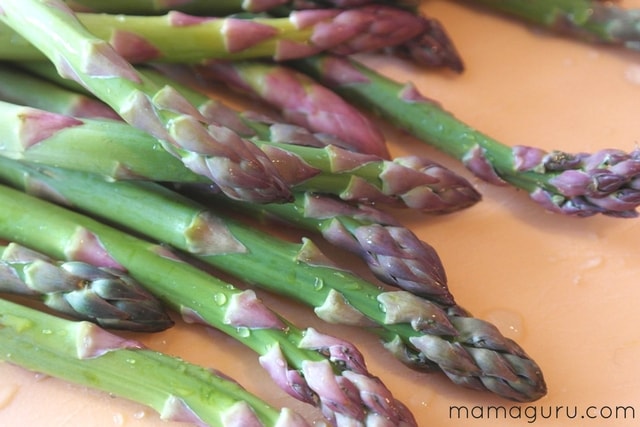
These pickled asparagus are so delicious, I recommend making as many jars as you can. They take three weeks to get to full flavor (you can eat them in a week), but if you can keep a jar until Christmas, oh, you’re in for a treat. Eating seasonally is great, but traditionally people preserved their food by canning and pickling, so they could savor a bit of spring in the heart of winter. Now is the time to make that happen. Asparagus is a glorious springtime crop. They are at the peak of perfection this very moment, just waiting to to be picked and pickled. The hardest part of this recipe may be keeping the asparagus away from the dinner table long enough to make a them.
- 1 quart white vinegar
- 3 quarts filtered water
- 1½ cups pickling salt
- fresh dill (2 springs per jar)
- 2 cloves of garlic per jar, peeled and halved
- at least 5 lbs fresh asparagus (thick stalks work best)
- To make the brine: mix vinegar, water and salt together in a saucepan over low heat until salt dissolves. Cool to room temperature.
- Prepare asparagus by scrupulously washing them and trimming the bottoms so they will fit in a wide-mouthed quart jar. You will need to discard quite a bit. Excepting the bottom inch or so, most of it is still quite edible and delicious. Dice it and throw it in a fritatta or stir fry, or puree them in a soup. Under no circumstances are they to be thrown out.
- Turn the sterilized* jars on their sides to stuff as many asparagus spears as you can into each jar, as well as garlic and dill. Fill jars with brine, leaving at least ¼ inch space at the top. Place lids on jars.
- Process jars in a canning pot of boiling water for 5 minutes. Remove from pot and allow to cool. You will hear the lids pop and seal, but do not disturb them for at least 24 hours. Pickles can be eaten in a week, but three weeks will give you greater flavor. Date them and store for up to a year. These make excellent presents, but only for the very best people I warn you it is hard to part ways with these goodies.
1. Inspect all jars and lids for nicks. Wash in hot soapy water.
2. Place clean jars and lids into water simmering at about 180°. It's easiest to place your jars in the canning pot and the lids and rings in a small pot. Take them out as needed using canning tools. When you do so, raise the temperature on the canning pot so it will come to a boil for the jam.
How to Eat Pickled Asparagus
These taste great on their own for a snack. One of my favorite ways to eat them is a few spears to accompany a grilled cheddar cheese sandwich. When I was pregnant with Max, I loved them with butter and homemade artisan bread, but that may not appeal to the non-preggo masses. I also love to throw them into seafood dishes and salads.
Pickled asparagus are a bit more sophisticated than ordinary pickles, so here’s an elegant snack that could also do rounds at brunch or cocktail hour. I love to turn them into a sushi appetizer with smoked salmon.
The Bottom Line
Regular pickles run as low as $2.97 for a gallon, but jars of pickled asparagus $7.49 for 12 ounces. My jars cost $5.49 a piece. That feels pretty expensive, but it’s also a more of a specialty product and I saved money by making my own. If I had used regular cucumbers, it would have been less expensive. Canning is pretty easy, but bringing a large pot of water to a boil takes a lot of time and energy. I highly recommend making a weekend project to do batches of jam and pickles. That way less energy is consumed and it becomes just one project.
I quite enjoy looking in my cupboards and seeing my homemade jars at the ready, rather than labels from food companies I honestly don’t trust. So much of our culture has become about branding. Well, I like my own brand just fine. My handwritten labels are more attractive than the mass-produced jars. It is also nice to only buy fresh foods and true staples at the grocery store. Pickled asparagus isn’t an everyday food, but not every food we buy at the grocery store is for daily use. A few fancy jars in the pantry are all you need to turn a regular supper into a feast on any given day.

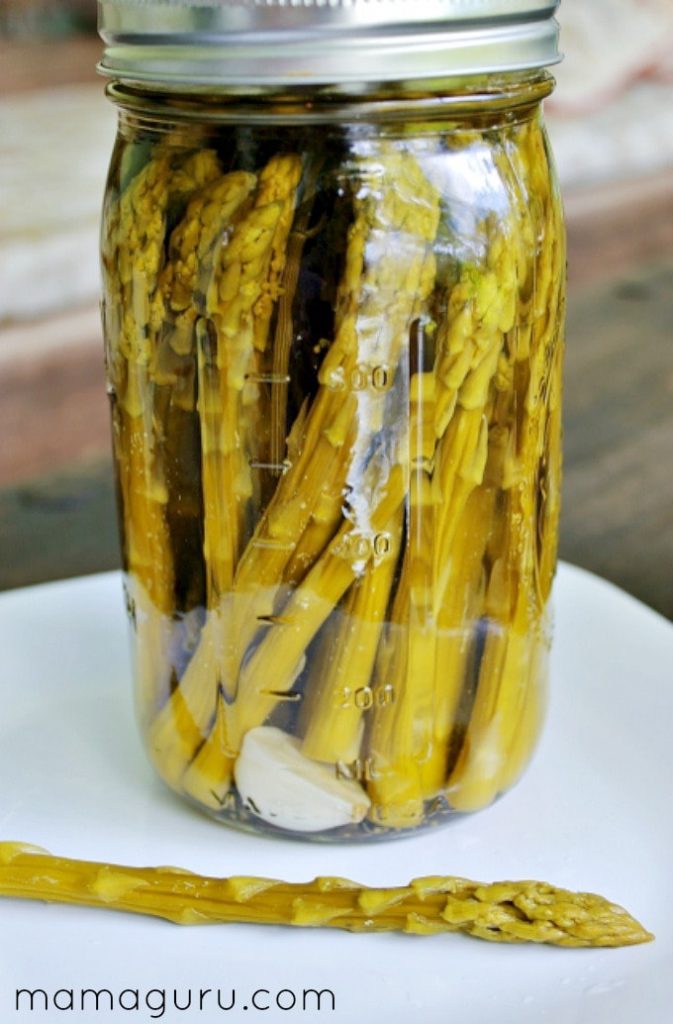
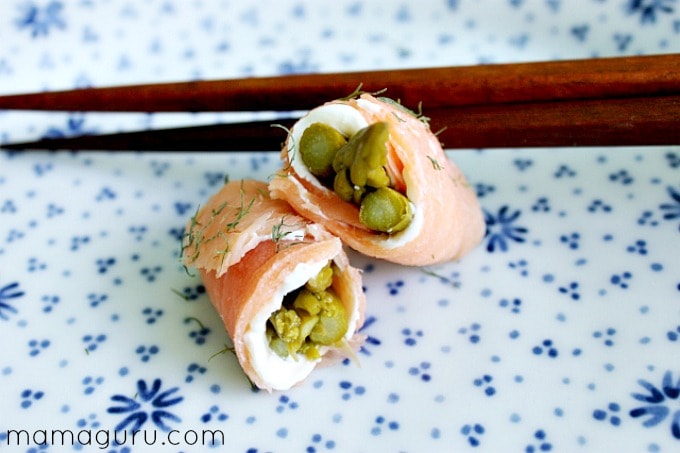
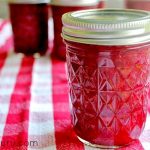

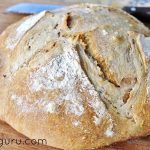



I found asparagus at my local Costco today for $3 a bag for 2.25lbs. .75$ a lb! Couldn’t pass it up. Anxious to try out your recipe. Thanks!